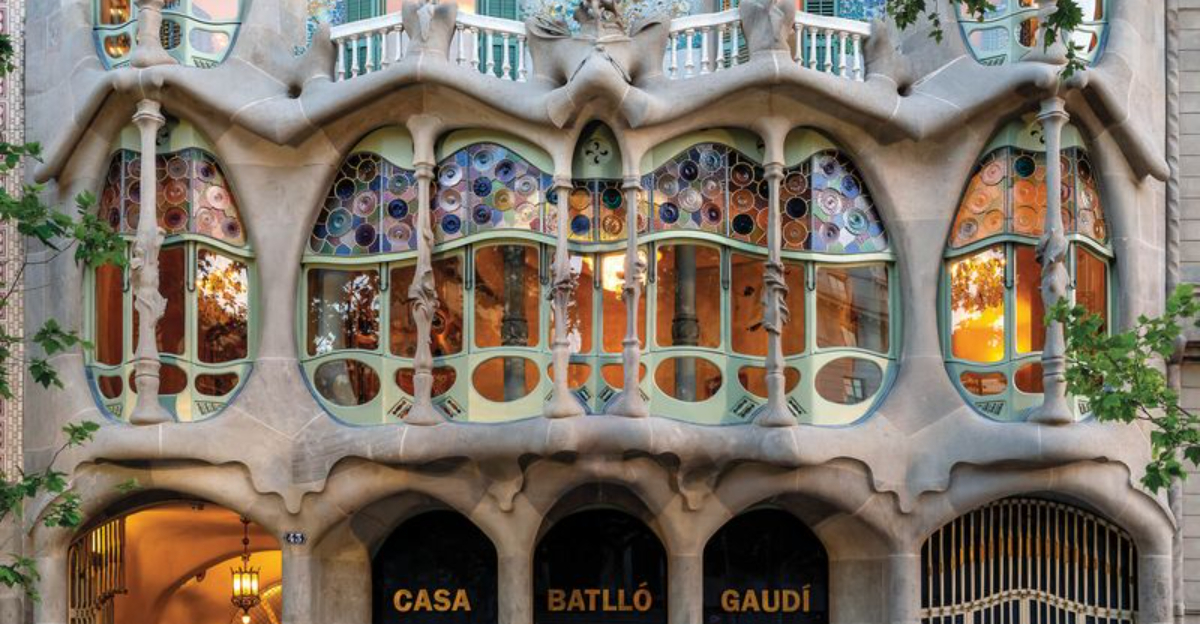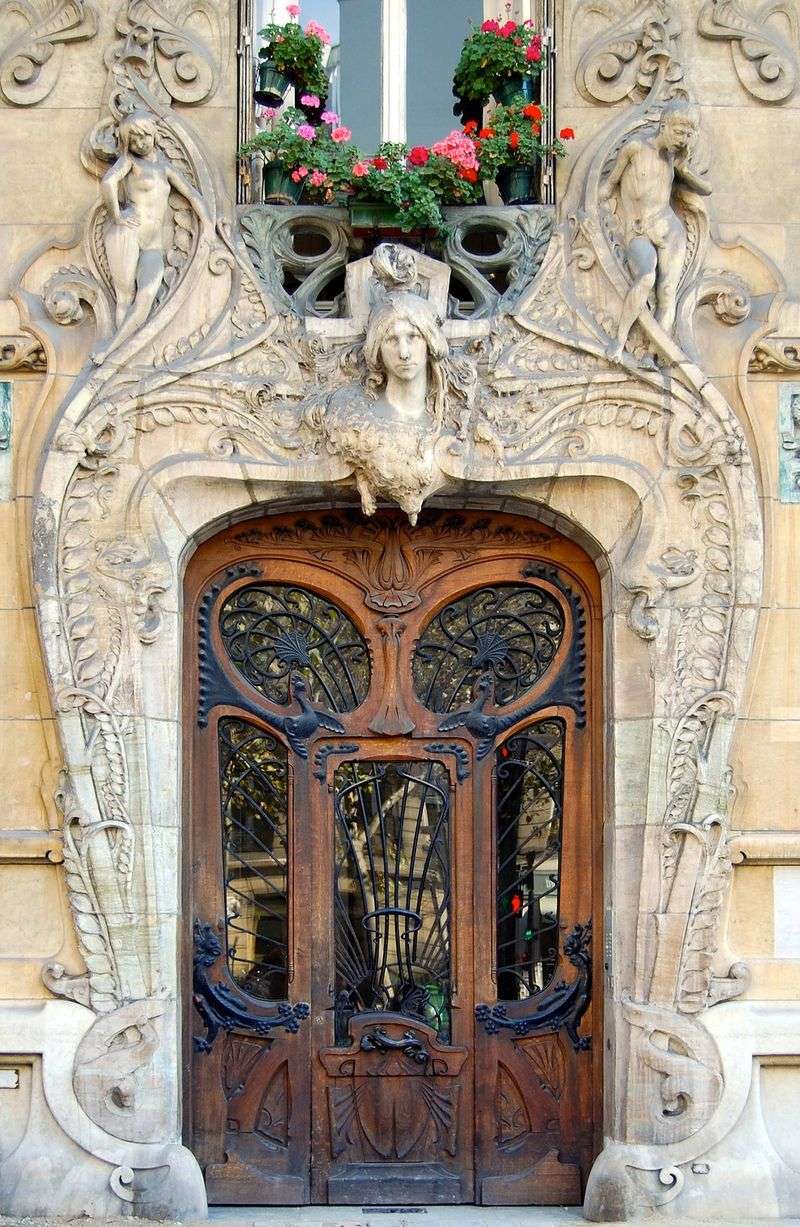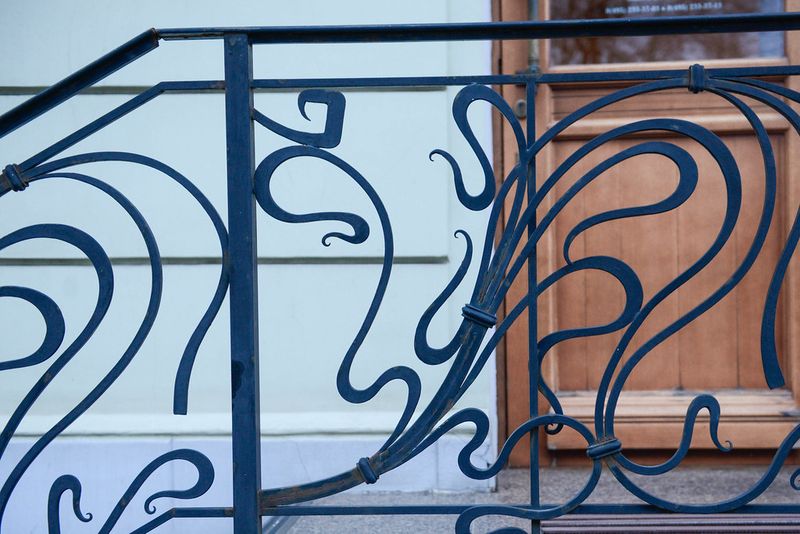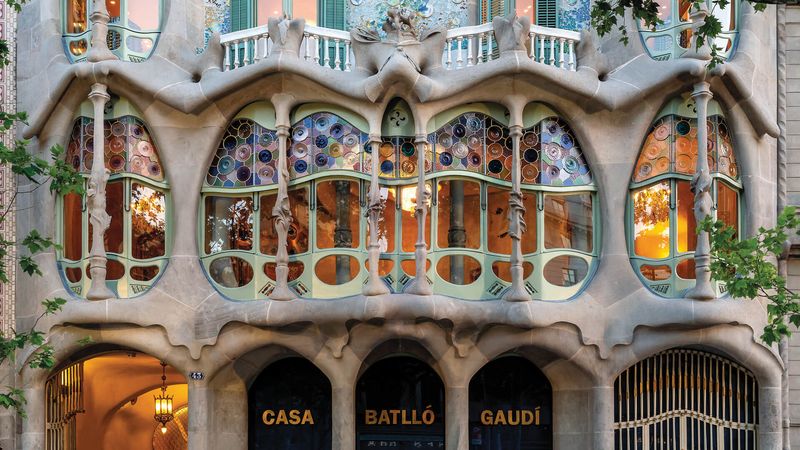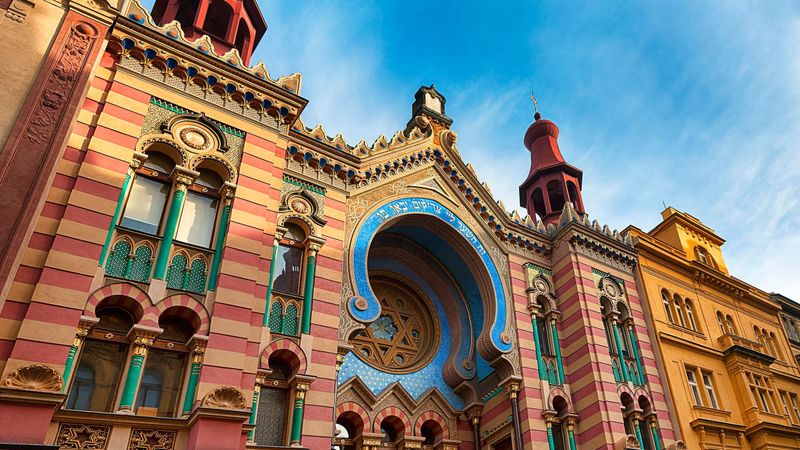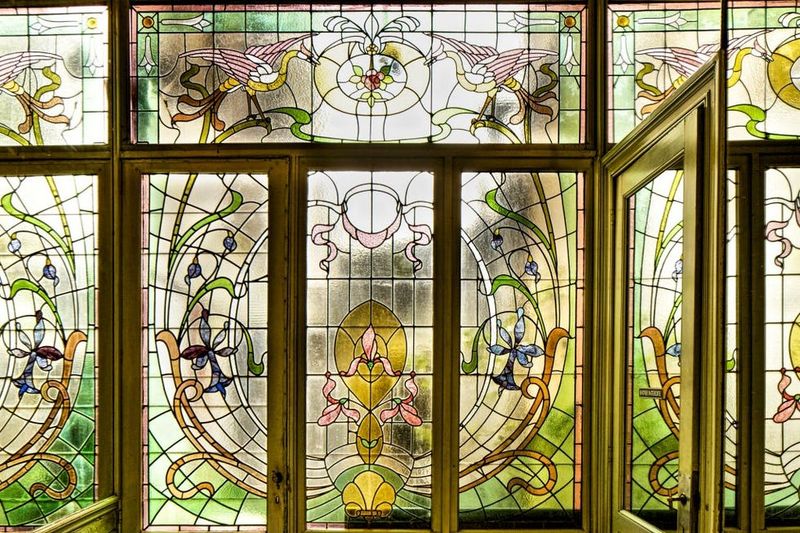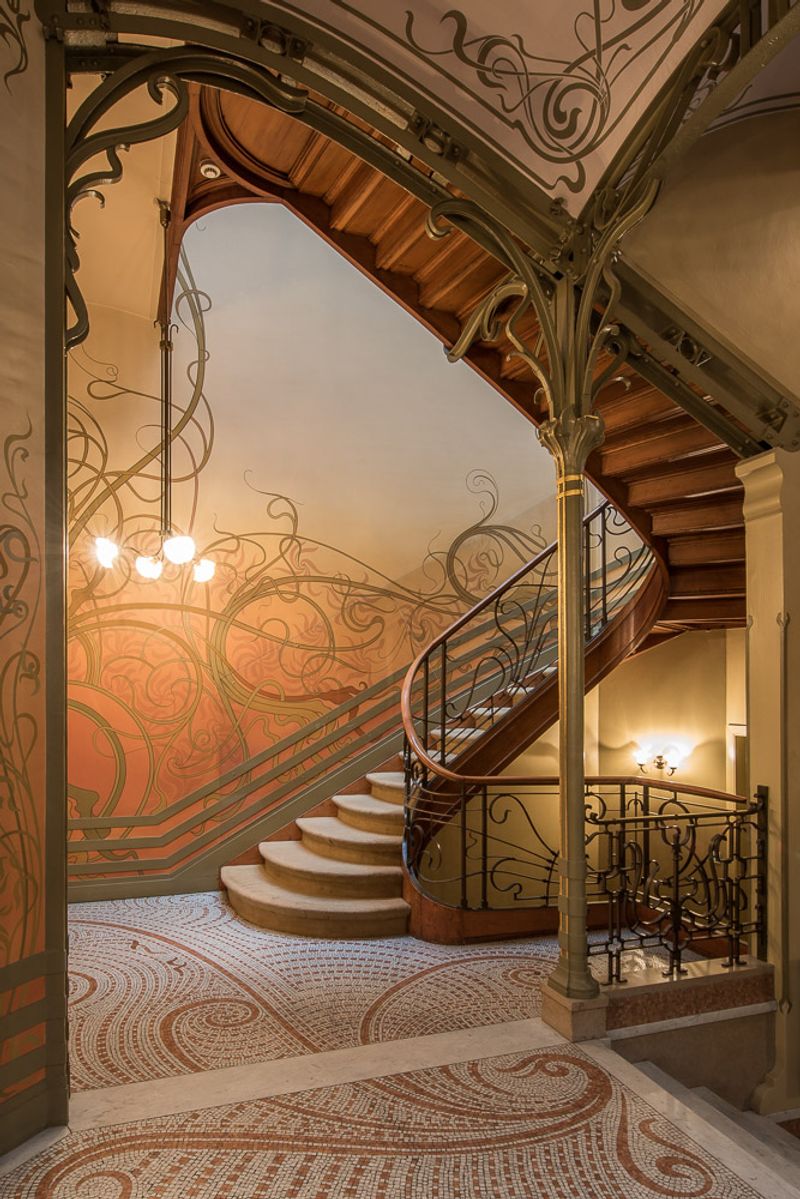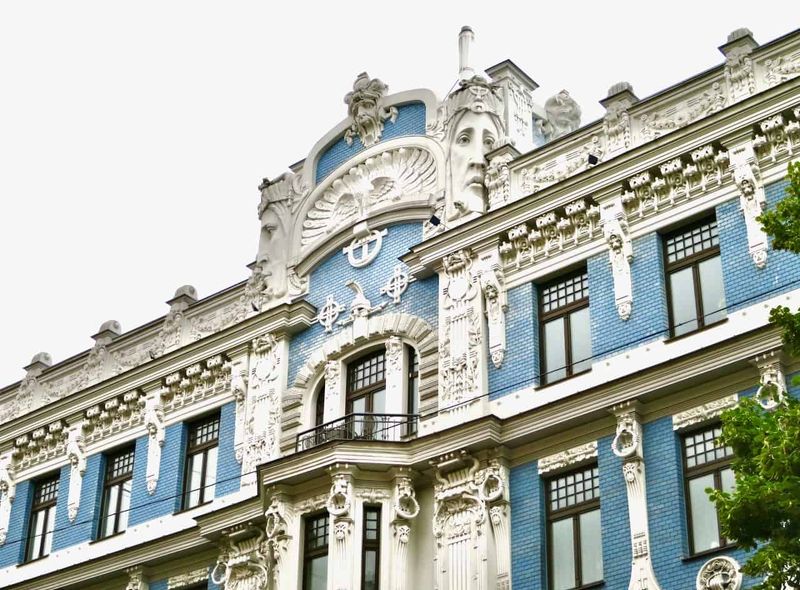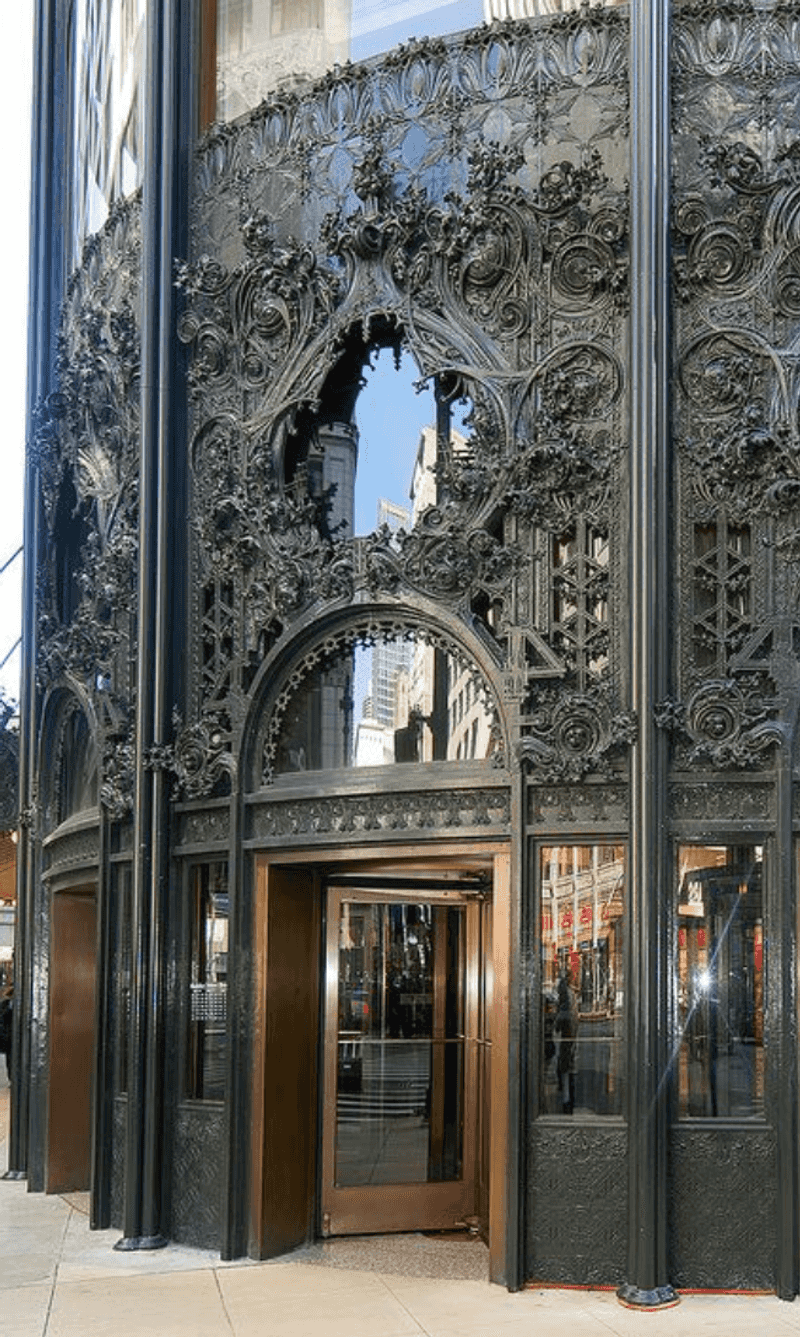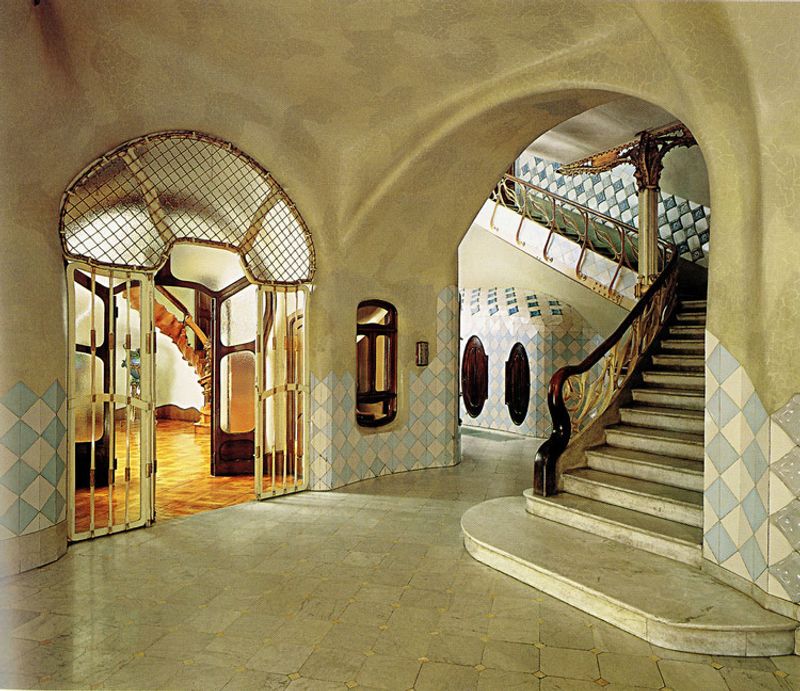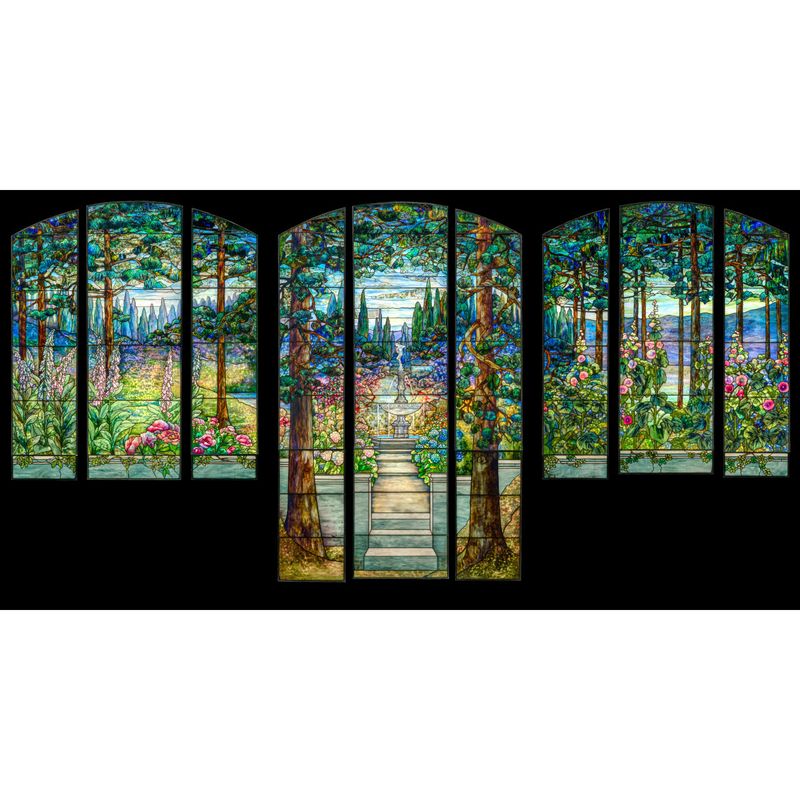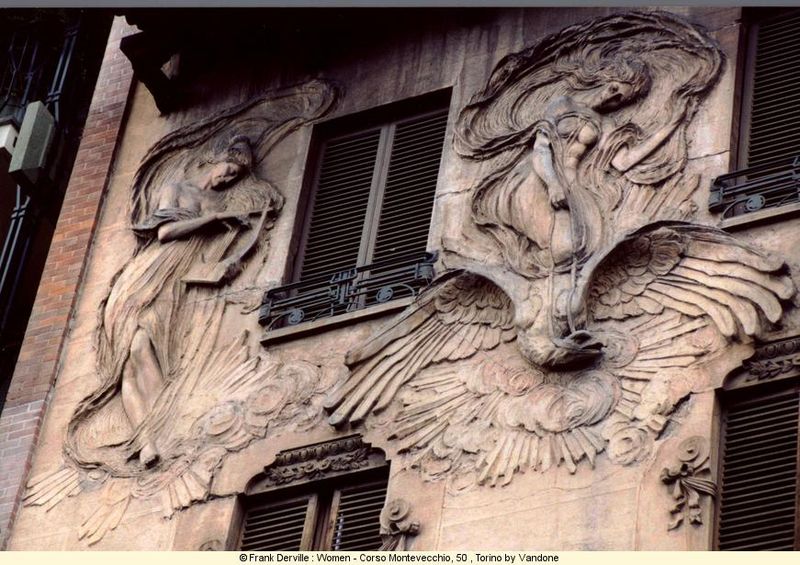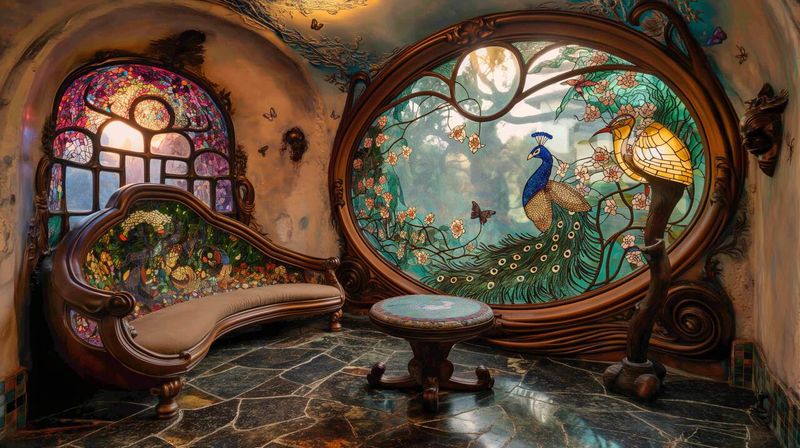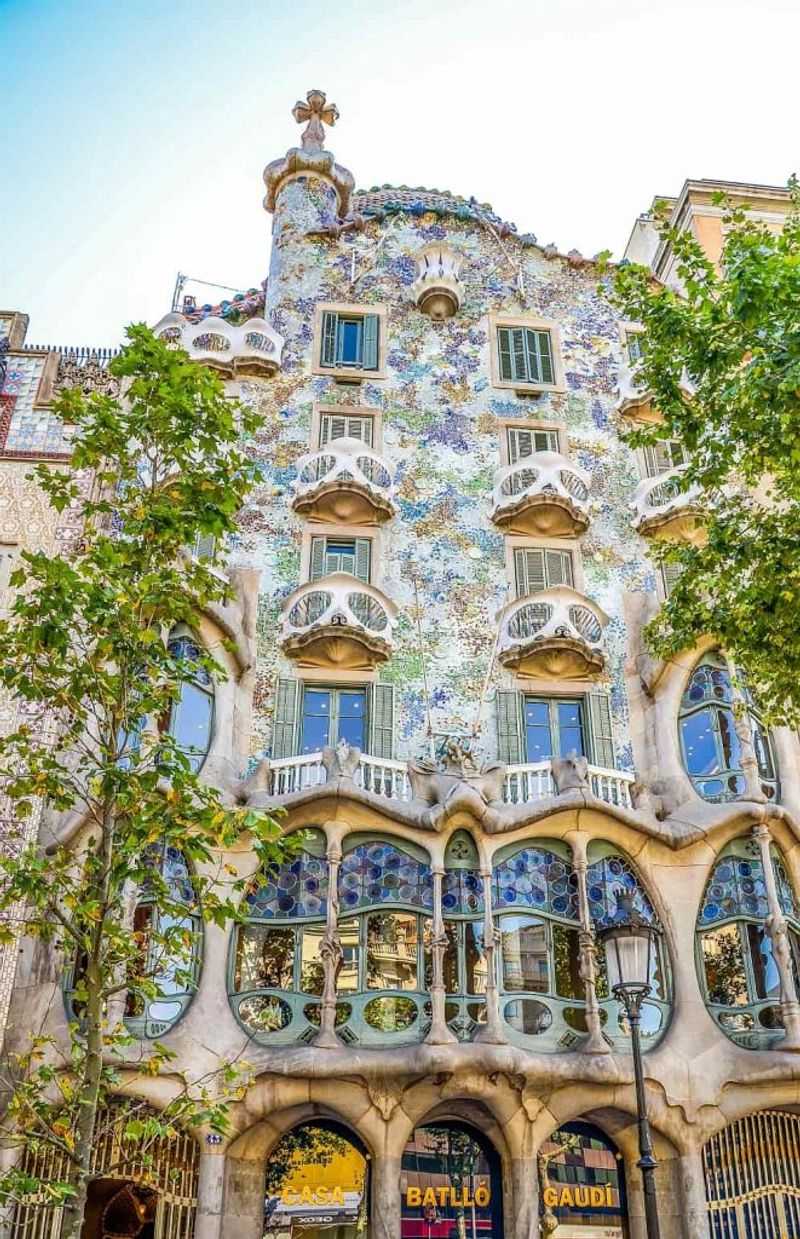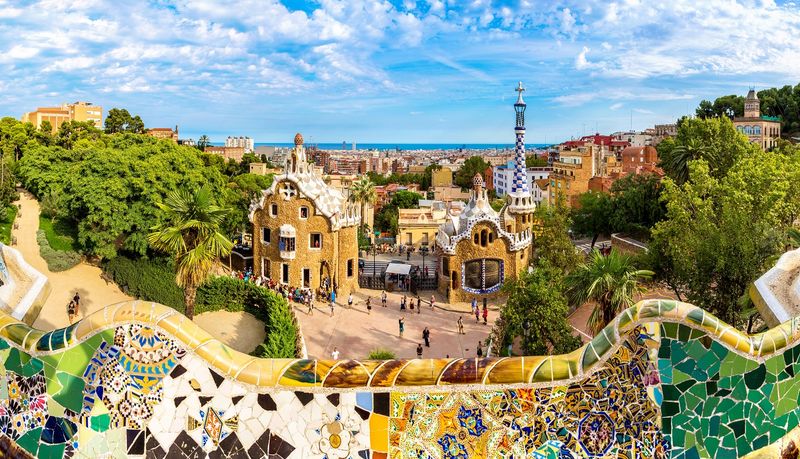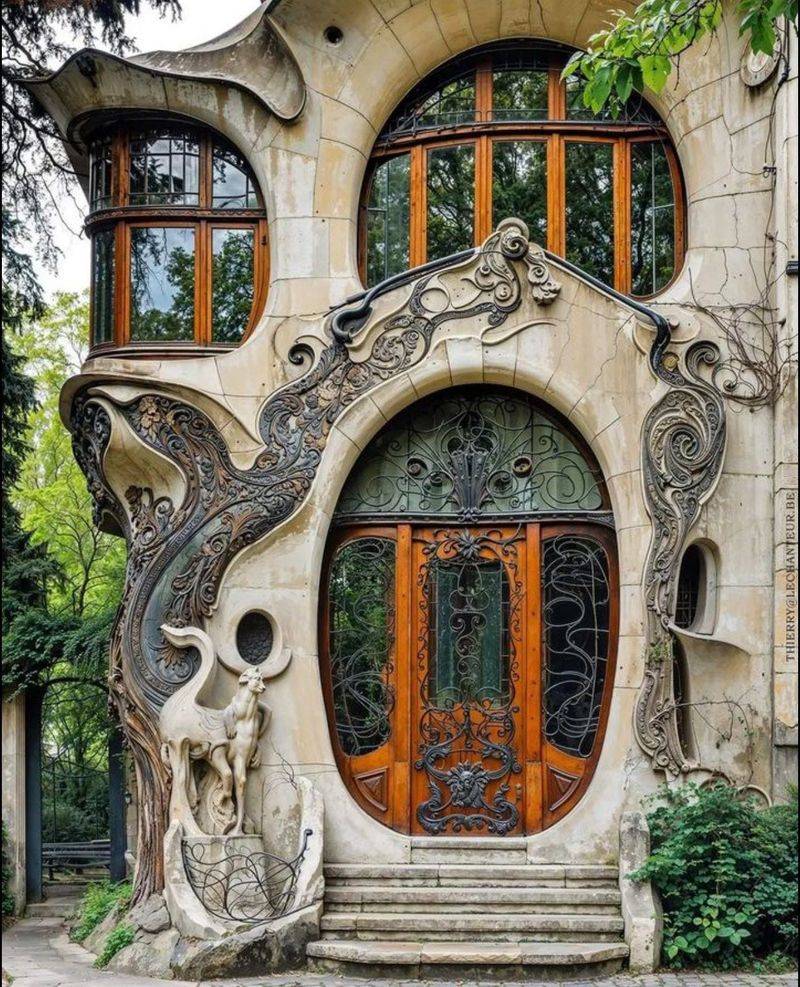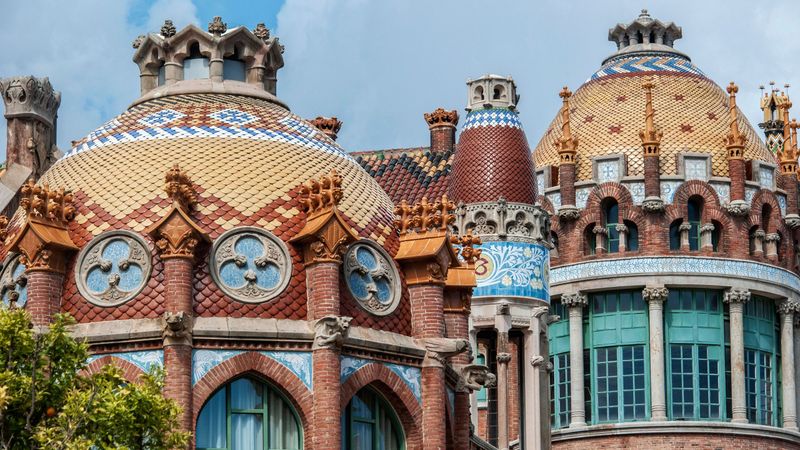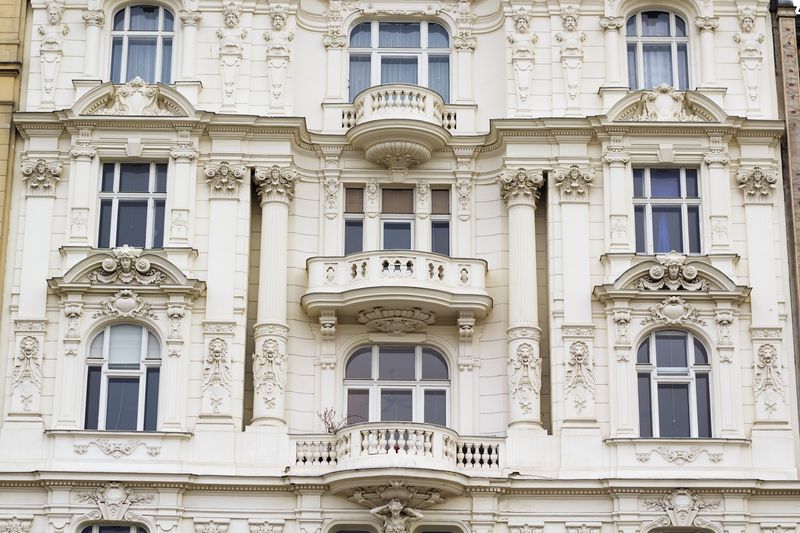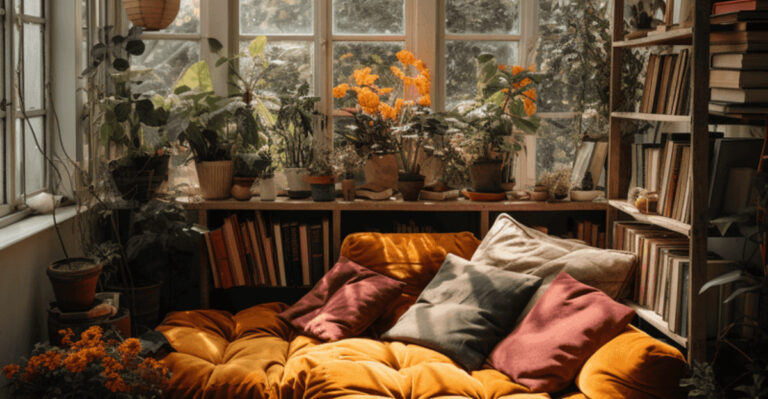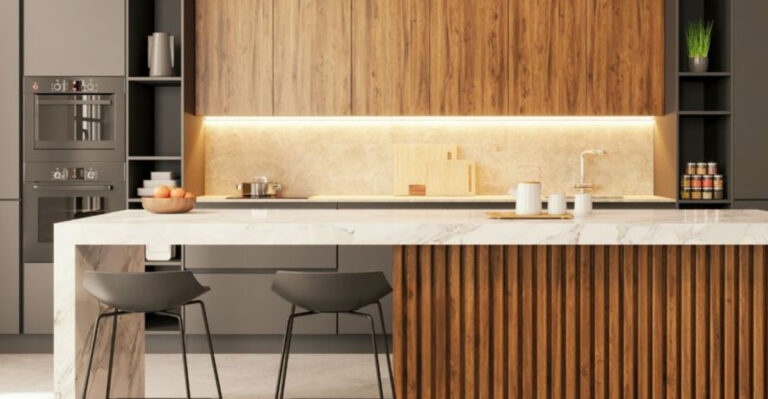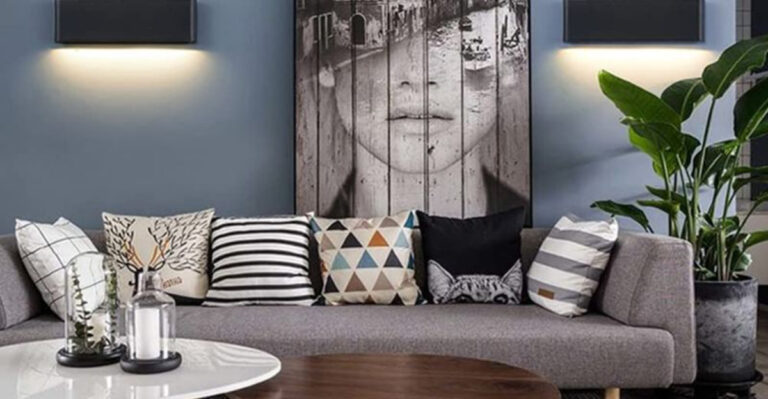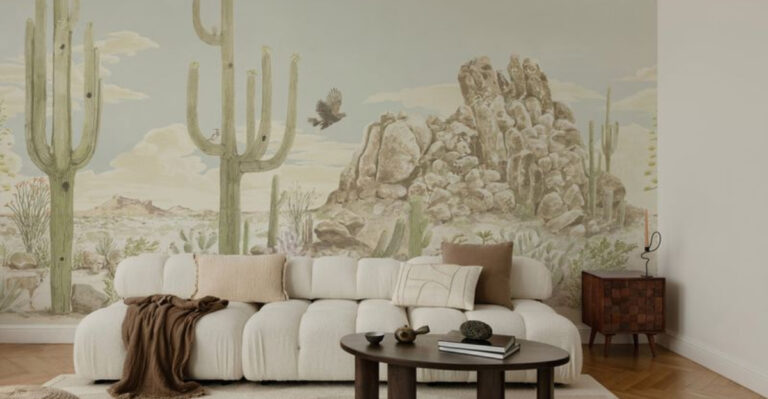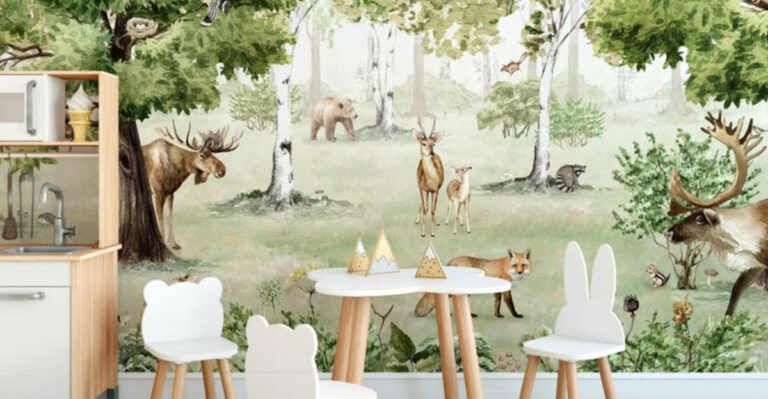18 Things To Know About Art Nouveau Architecture
Art Nouveau architecture isn’t just a style – it’s a swirling, sculptural celebration of beauty, craftsmanship, and nature.
Born at the turn of the 20th century, this movement broke free from the rigid rules of classical design and embraced curves, asymmetry, and intricate detail like never before. Buildings came alive with flowing lines, floral motifs, and ironwork that looked more like jewelry than structure.
If you’ve ever been captivated by a doorway that felt like it belonged in a fairytale, chances are it had a touch of Art Nouveau magic. Here are 18 fascinating things to know about this iconic style.
1. Nature as the Primary Inspiration
Wander through an Art Nouveau building and you’ll feel like you’ve stepped into an enchanted forest. Architects of this movement were absolutely obsessed with the natural world!
Flowing vines, delicate flowers, insect wings, and tree branches weren’t just decorative elements—they formed the fundamental design language. Many buildings feature asymmetrical curves that mimic plant growth patterns, creating spaces that seem almost alive.
2. The Whiplash Curve
Ever noticed those distinctive S-shaped curves that seem to dance across Art Nouveau designs? That’s the famous “whiplash curve” – the movement’s signature element!
Inspired by the graceful stems of plants and the elegant lines of flowers, these dynamic curves create a sense of movement and energy. Architects applied them everywhere: railings, window frames, doorways, and even structural elements, giving buildings a sense of fluid motion.
3. Antoni Gaudí’s Masterpieces
If aliens designed buildings, they might look like Gaudí’s creations! This Spanish architect took Art Nouveau to mind-bending extremes in Barcelona, creating structures that seem to defy gravity and logic.
His masterpiece, the still-unfinished Sagrada Familia, features melting stone columns that branch like trees. Casa Batlló resembles a dragon’s scaly back, while Park Güell feels like a Dr. Seuss landscape come to life. Gaudí’s work represents the movement’s most imaginative expression.
4. Different Names Across Europe
Would you believe this single artistic movement goes by at least six different names? As Art Nouveau spread across Europe, each region branded it with their own unique title.
The French called it Art Nouveau (literally “new art”), while Germans preferred Jugendstil (“youth style”). Italians used Stile Liberty, Austrians said Sezessionsstil, and Spaniards named it Modernisme. In Scotland, Charles Rennie Mackintosh led the “Glasgow Style” variation with its distinctive geometric elements.
5. Innovative Use of Materials
Breaking with tradition, Art Nouveau architects weren’t afraid to experiment with cutting-edge materials! Cast iron, previously hidden as structural support, was suddenly celebrated and showcased in elaborate decorative forms.
Glass became a star material, manipulated into colorful stained windows and domes. Ceramics adorned exteriors in vibrant tiles. Even concrete, a relatively new material at the time, was molded into organic shapes. This experimental approach created buildings that felt both futuristic and handcrafted.
6. Victor Horta’s Revolutionary Interiors
Step inside a Horta building and prepare for your jaw to drop! Belgian architect Victor Horta revolutionized interior spaces by creating unified environments where every element—from the grand staircase to the smallest doorknob—speaks the same artistic language.
His Hotel Tassel in Brussels, considered the first true Art Nouveau building, features flowing lines that guide the eye through spaces. Horta pioneered exposed iron structures painted in plant-inspired colors, creating interiors that feel like standing inside a living organism.
7. The Brief but Intense Timeline
Talk about a shooting star of architectural history! Art Nouveau burned brilliantly but briefly, flourishing for just two decades between approximately 1890 and 1910.
Its sudden rise coincided with the turn of the century’s optimism and technological innovations. By World War I, the style had fallen from favor, criticized as excessive and impractical. The movement’s short lifespan explains why genuine Art Nouveau buildings are relatively rare treasures today, making them all the more special to discover.
8. Rejection of Historical Styles
Rebels with a cause! Art Nouveau architects boldly thumbed their noses at the centuries-old tradition of recycling Greek, Roman, and Renaissance styles.
After decades of buildings that merely copied historical elements, these creative revolutionaries sought something genuinely new and of their own time. They rejected symmetry, classical proportions, and traditional ornamentation.
Instead of looking backward, they created a forward-looking style that embraced the modern industrial age while celebrating craftsmanship and natural beauty.
9. The Arts and Crafts Connection
Behind every great movement lies another! Art Nouveau shared deep philosophical connections with the Arts and Crafts movement, though they looked quite different on the surface.
Both rebelled against poor-quality industrial mass production and sought to elevate craftsmanship. While Arts and Crafts leaned toward medieval-inspired simplicity, Art Nouveau embraced modern materials with handcrafted details.
10. Flowing Lines Between Spaces
Forget rigid room divisions! Art Nouveau architects were pioneers in creating flowing, open floor plans that gently guide you through spaces.
Curved walls, arched doorways, and continuous design elements blur the boundaries between rooms. Even staircases become sculptural elements that connect levels visually and physically.
This revolutionary approach to spatial design feels remarkably modern, predicting the open-concept layouts that wouldn’t become mainstream until decades later.
11. Stunning Stained Glass
Sunlight transformed into magic! Art Nouveau elevated stained glass from a church tradition to a residential art form, creating windows that seem to capture nature’s essence in luminous color.
Unlike geometric medieval stained glass, these windows feature flowing organic patterns—dragonflies, peacock feathers, water lilies—that cast ever-changing colored light into interiors.
Architects like Louis Comfort Tiffany in America and Jacques Gruber in France developed new glass techniques to achieve unprecedented color effects, turning windows into breathtaking focal points.
12. Symbolic Female Figures
Look closely at many Art Nouveau buildings and you’ll spot mysterious women peering back at you! Female figures—often depicted as ethereal, nature-connected beings—appear frequently in the movement’s decorative elements.
These women symbolized modernity, nature’s fertility, and the era’s changing gender roles. Sometimes they’re realistic; other times they’re fantastical nymphs or goddesses.
From sculpted facade figures to painted murals, these feminine presences give Art Nouveau architecture a distinctly sensual and mystical quality.
13. Total Work of Art Concept
Imagine buildings where every doorknob, light fixture, and piece of furniture was specifically designed to create a harmonious whole! Art Nouveau embraced the “Gesamtkunstwerk” (total work of art) philosophy.
Architects didn’t just design structures – they created complete environments down to the smallest details.
From built-in furniture to custom hardware, textiles, and lighting, everything worked together visually. This holistic approach blurred the line between architecture, interior design, and decorative arts.
14. Regional Variations
One style, countless interpretations! As Art Nouveau spread across continents, it developed fascinating regional personalities that reflected local cultures and building traditions.
Barcelona’s version exploded with colorful ceramics and Mediterranean influences. Vienna’s Secession buildings showed more geometric restraint. In Finland, architects incorporated national romantic elements and native wildlife. These regional variations demonstrate how the movement adapted while maintaining its nature-inspired core.
15. Art Nouveau and Urban Planning
Beyond individual buildings, Art Nouveau occasionally transformed entire neighborhoods! In cities like Brussels and Riga, you can find streets where multiple Art Nouveau structures create harmonious urban environments.
The style influenced urban furniture too – from park benches to street lamps. Some architects even proposed utopian Art Nouveau cities, though few were realized.
16. Expensive Craftsmanship
Beauty came at a steep price! The movement’s emphasis on handcrafted details and custom elements made Art Nouveau buildings extraordinarily expensive to construct.
Each curved window frame, custom door handle, and hand-carved decoration required skilled artisans rather than mass production. This high cost restricted the style primarily to public buildings and homes for wealthy clients.
The expense also contributed to the style’s short lifespan, as more economical approaches to modern architecture eventually gained favor.
17. UNESCO World Heritage Status
Global recognition for architectural genius! Many significant Art Nouveau buildings have received UNESCO World Heritage status, acknowledging their cultural importance.
Victor Horta’s major townhouses in Brussels, works by Antoni Gaudí in Barcelona, and the historic center of Riga, Latvia are all protected as international treasures. This prestigious designation helps ensure these irreplaceable structures will be preserved for future generations to experience and appreciate.
18. Art Nouveau’s Modern Legacy
Though the movement faded a century ago, its DNA lives on in today’s design world! Contemporary architects frequently draw inspiration from Art Nouveau’s organic approach and integration of nature.
The movement’s emphasis on craftsmanship influenced mid-century designers like Alvar Aalto. From curving facades of parametric design to nature-inspired interiors, modern architecture continues to rediscover and reinterpret the movement’s revolutionary ideas.

